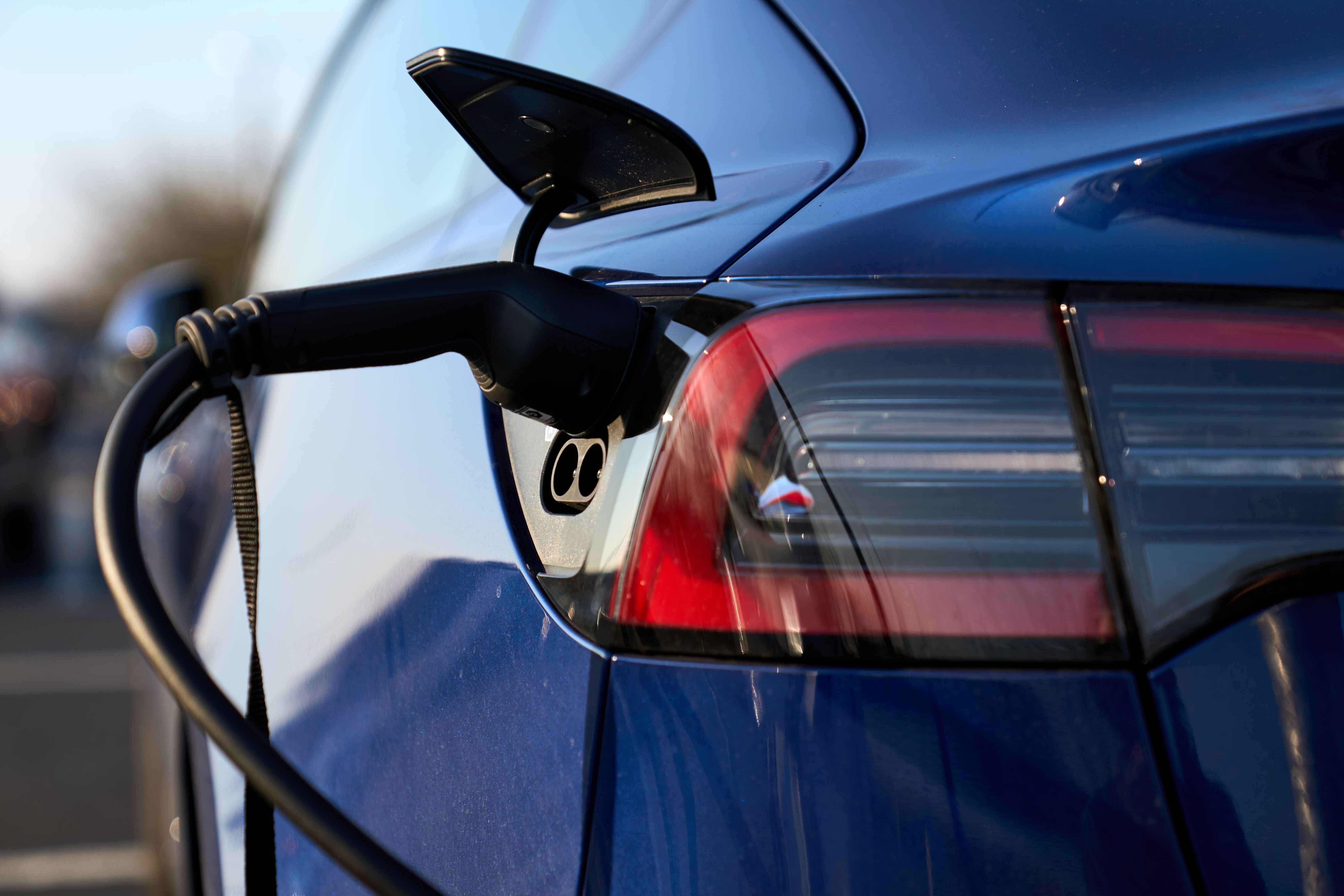Watchdog bans Hyundai and Toyota car ads over ‘exaggerated’ claims
In both cases, the Advertising Standards Authority found that the ads made misleading claims about the speed of recharging

Your support helps us to tell the story
From reproductive rights to climate change to Big Tech, The Independent is on the ground when the story is developing. Whether it's investigating the financials of Elon Musk's pro-Trump PAC or producing our latest documentary, 'The A Word', which shines a light on the American women fighting for reproductive rights, we know how important it is to parse out the facts from the messaging.
At such a critical moment in US history, we need reporters on the ground. Your donation allows us to keep sending journalists to speak to both sides of the story.
The Independent is trusted by Americans across the entire political spectrum. And unlike many other quality news outlets, we choose not to lock Americans out of our reporting and analysis with paywalls. We believe quality journalism should be available to everyone, paid for by those who can afford it.
Your support makes all the difference.Ads for Hyundai and Toyota electric cars have been banned for exaggerating the speed of recharging and failing to mention the limited availability of the fastest chargers across the road network.
Three ads for Hyundai’s IONIQ 5, seen in January last year, all stated that the car could be charged from 10 per cent to 80 per cent in 18 minutes using a 350kw “ultra-fast” charger.
Three complainants, who believed there were significant limitations to achieving the advertised charging rate including low temperature, said the claim was misleading.
Hyundai told the Advertising Standards Authority (ASA) that its internal factory testing established a time of 17 minutes and 16 seconds to charge the battery from 10 per cent to 80 per centwhen using a 350 kW ultra-fast charger, and with the battery at temperatures of 22 and 25 degrees centigrade.
However the carmaker said it was wrong to infer that this meant that the ambient temperature must also be 22 or 25 degrees centigrade.
Hyundai accepted that there were “a large number of variables” which could influence the charge time for an electric vehicle battery, including battery temperature, ambient temperature and the age and condition of the battery, and that actual results for individual drivers could therefore vary.
It said the Charge myHyundai website showed 37 ultra-fast 350 kW charging locations in the UK and six ultra-fast 350 kW charging locations in the Republic of Ireland at the time of the ad, while a fully charged IONIQ5 would provide between 238 and 298 miles of range depending on the battery size.
The ASA said any “less than optimal” factors such as battery temperature, ambient temperature and age and condition of the battery might affect the time it would take for a battery to charge to 80 per cent.
It said: “We would therefore expect Hyundai to qualify the charging claim with an explanation of the conditions under which the figures were achieved and that they may not reflect actual consumer experience.”
It added: “We concluded that because the ads omitted material information about the factors that could significantly affect the advertised charging time and the limitations in relation to the availability of 350 kW chargers, the claims that the Hyundai IONIQ 5 could charge from 10 per cent to 80 per cent charge “in 18 minutes” or “less than 18 minutes” using a 350 kW charger had not been substantiated and were misleading.”
The watchdog also banned claims made by Toyota on its website in March last year that its bZ4X model could reach 80% charge in around 30 minutes using a 150 kW fast-charging system.
A complainant said there were “significant limitations” to the “misleading” claim.
Toyota said the claim was caveated with a prominent footnote informing consumers that the charging times were subject to local circumstances and that rapid charging power ratings could vary by location.
It believed consumers would know that not all charging units were rated 150 kW and that they would need to travel to access the relevant units.
The firm said it understood that 150 kW+ chargers were available in “multiple” locations across the UK, including in major population centres and major travel points on motorways or major arterial roads, and it believed it was those areas where drivers were most likely to need them.
The ASA said it would have expected Toyota to qualify the charging claim with an explanation of the conditions under which the figures were achieved, and that they may not reflect actual consumer experience.
It said: “We concluded that because the ad omitted material information about the factors that could significantly affect the advertised charging time and the limitations in relation to the availability of 150 kW chargers in Northern Ireland and across the UK, the claim ‘use rapid public charging to reach 80 per cent charge in around 30 minutes with a 150 kW fast-charging system’ had not been substantiated and was misleading.”
The ASA ruled that neither of the ads should appear again.



